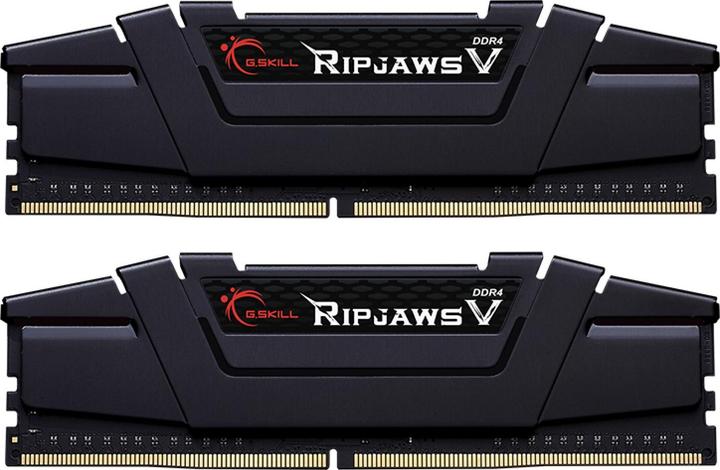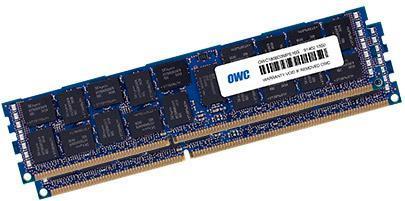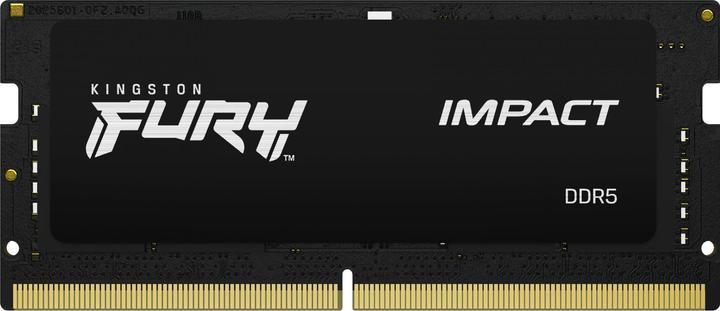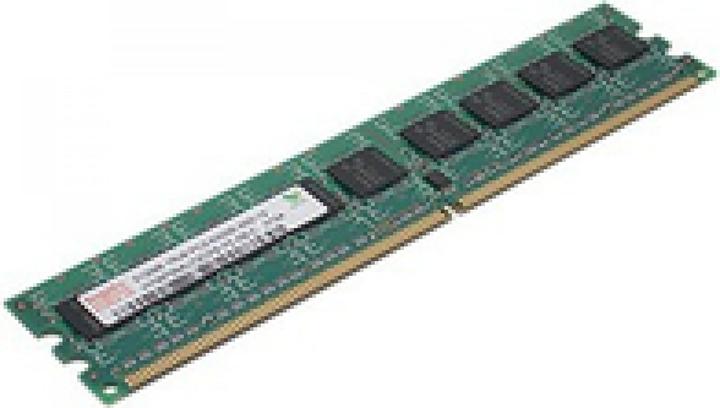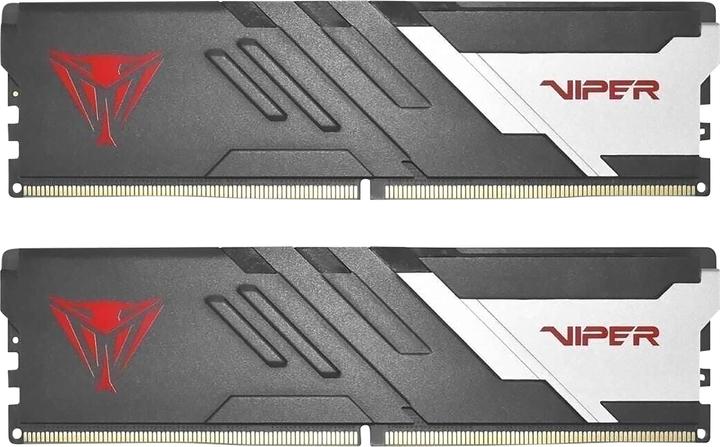
Too Many RAM Options? Here’s How to Choose the Right One
Selecting the perfect RAM can enhance your device's performance significantly. Here are five crucial factors you should consider before making a purchase.
Last updated 1 week ago. Automatically generated content.


Select options and limit the number of products
Memory type refers to the technology used in RAM modules, which impacts speed and efficiency of data processing. Choosing the right memory type is crucial for optimizing system performance, particularly in demanding applications such as gaming or large-scale computing tasks.
Popular options (you can select more than one)
DDR5 RAM
Typical price
420,– to 940,–Offers higher bandwidth and improved speed compared to previous generations.
Ideal for high-performance computing environments, providing enhanced multitasking and faster data handling.
Bestseller
DDR4-RAM
Typical price
130,– to 320,–Balances speed and affordability, widely used in modern systems.
Suitable for general-purpose computing, delivering reliable performance for everyday tasks.
Bestseller
DDR3-RAM
Typical price
43,– to 120,–An older technology with lower speed and efficiency.
Best for budget-friendly setups or older systems that do not require high-speed data processing.
Bestseller
Storage clock frequency refers to the speed at which RAM can process data, directly affecting the computer's performance and responsiveness. Choosing the appropriate frequency is crucial for optimizing system speed and efficiency, impacting tasks from gaming to professional applications.
Popular options
Up to 2933 MHz
Typical price
80,– to 240,–Provides a basic level of performance suitable for everyday computing tasks.
Ideal for users with standard usage requirements, offering a cost-effective solution without compromising functionality.
Bestseller
2934 - 4800 MHz
Typical price
140,– to 420,–Offers a higher performance level that supports more demanding applications and multitasking.
Recommended for users who require enhanced speed for gaming or creative software, striking a balance between cost and efficiency.
Bestseller
4801 - 6000 MHz
Typical price
420,– to 940,–Delivers top-tier speed that can handle extreme computational loads and intensive applications.
Perfect for enthusiasts and professionals who need superior performance, ensuring optimal efficiency in high-demand environments.
Bestseller
The memory form factor refers to the physical size and shape of the RAM modules, determining compatibility with different devices. Selecting the correct form factor is essential for ensuring the RAM fits and functions properly within your system, impacting the overall performance and upgradeability.
Popular options (you can select more than one)
DIMM
Typical price
150,– to 710,–DIMM modules are larger and typically used in desktop computers, providing high capacity and performance.
Ideal for users looking to upgrade or build desktops, offering robust performance for multitasking and demanding applications.
Bestseller
SO-DIMM
Typical price
110,– to 260,–SO-DIMM modules are smaller and designed for laptops and compact systems, maximizing space efficiency.
Perfect for those upgrading laptops or small form factor PCs, ensuring compatibility and efficient performance in limited space.
Bestseller
U-DIMM
Typical price
130,– to 550,–U-DIMM modules are unbuffered, offering faster speeds and lower latencies compared to buffered DIMMs.
Best suited for home or office desktops where speed and responsiveness are prioritized over maximum stability.
Bestseller
RAM buffer refers to the memory system's ability to temporarily store data, impacting the stability and efficiency of data processing. Choosing the right RAM buffer type is crucial for ensuring optimal system performance and reliability, especially in demanding computing environments.
Popular options (you can select more than one)
Unbuffered
Lacks additional buffering, allowing direct communication between RAM and the CPU.
Suitable for standard home and office PCs, offering cost-effectiveness and simplicity in setup.
Bestseller
Registered
Includes a register between the RAM and the CPU to enhance signal integrity.
Ideal for servers and workstations, providing increased stability and reliability during intensive tasks.
Bestseller
ECC Registered
Combines registered buffering with error-correcting code (ECC) to detect and correct data errors.
Recommended for critical applications requiring maximum data accuracy and system uptime, such as scientific computing and financial analysis.
Bestseller
RAM certification refers to the standards and protocols that ensure compatibility and performance of memory modules with different computer systems. It is crucial as it affects system stability, speed, and efficiency, enabling users to select RAM that maximizes their setup's capabilities.
Popular options (you can select more than one)
JEDEC
Typical price
180,– to 680,–Standardized by the Joint Electron Device Engineering Council, JEDEC ensures universal compatibility across various systems.
RAM certified with JEDEC is reliable for general use, providing consistent performance in diverse environments without manufacturer-specific settings.
Bestseller
XMP
Typical price
160,– to 640,–Intel's Extreme Memory Profile (XMP) allows for easy overclocking, enhancing RAM speed beyond standard specifications.
XMP-certified RAM is ideal for gamers and enthusiasts seeking improved performance, enabling custom settings for optimal speed and efficiency.
Bestseller
AMD EXPO
Typical price
520,– to 990,–AMD's Extended Profiles for Overclocking (EXPO) provides tailored overclocking for AMD systems, optimizing performance.
EXPO-certified RAM is recommended for users with AMD processors, offering a straightforward way to enhance speed and responsiveness for demanding tasks.
Bestseller
Voltage in RAM sticks affects power consumption and heat generation, impacting efficiency and stability in computing systems. Choosing the right voltage ensures compatibility with your motherboard and can influence performance, especially in energy-sensitive environments.
Popular options
Up to 1.2 V
Typical price
140,– to 440,–Low voltage RAM, typically offers reduced power consumption, ideal for energy-efficient systems.
Recommended for laptops and compact devices where minimal heat generation and battery longevity are priorities.
Bestseller
1.21 - 1.35 V
Typical price
150,– to 710,–Standard voltage range for DDR4 RAM, balancing performance and power efficiency.
Suitable for most desktop applications, providing reliable performance without excessive power draw.
Bestseller
1.36 - 1.4 V
Typical price
570,– to 1100,–Higher voltage RAM can enhance performance, particularly in overclocking scenarios.
Best utilized in gaming or high-performance computing setups where speed is prioritized over power efficiency.
Bestseller
